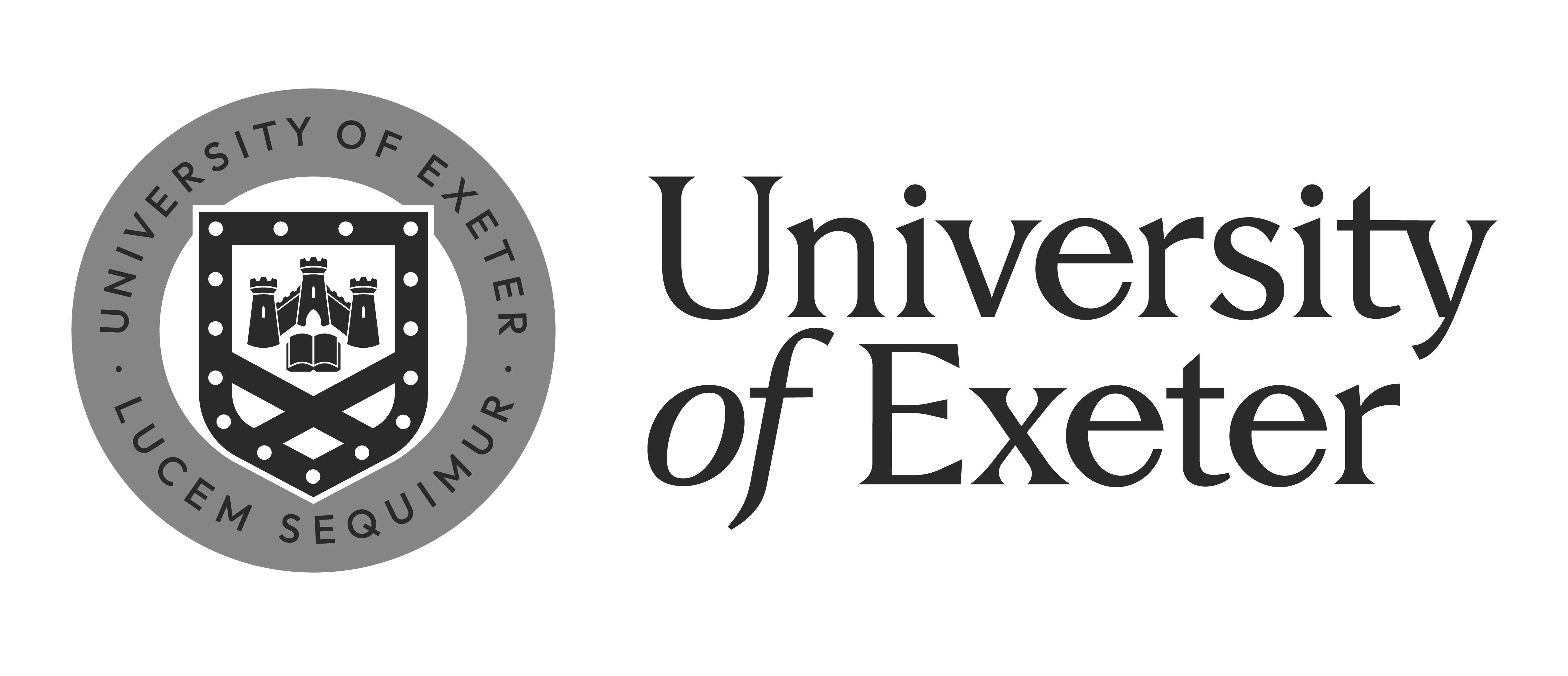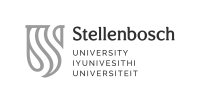F2514 Science Communication and Sustainability
Professors
Schedule
Course description
This course examines the topic of science communication, providing an introduction to (i) the role of communication in science and research, as important element of RRI - Responsible Research and Innovation, (ii) the cultural, practical and policy-related role of science communication in wider society to promote public engagement in discussion and actions, and (iii) the role it can play in supporting sustainable development.
The course starts from exploring the definitions of science communication and the evolution of the concept from an education approach to a more dialogic one. It then addresses three key questions concerning science communication and the public, in terms of (i) who are the publics to reach, (ii) why to communicate them, (iii) what to communicate and (iv) how to communicate in an effective way. The non-mediated vs. mediated modes of communicating are considered, putting in evidence barriers and opportunities related to each strand, from journalism to museums, social media and others. Attention is given to the risks of misinformation and building trust in science.
The course puts special emphasis in science communication in relation to sustainable development and environmental issues, and how it can support the achievement of the SDGs.
A key element considered throughout the course is the quality in science communication and how to “recognize” it.
Introduction and objectives
Students gain exposure to the great body of scholarship about science communication, including work from communication studies, sociology and science theories among others. They also gain sharper understanding of the importance of communicating their research and its impact on society. Challenges of science communication are deeply explored, in particular in relation to environment and sustainable development.
The course takes advantage of VIU’s unique international diversity by building in opportunities for students to share and reflect upon science communication role and trajectories in their own home countries. In addition, great attention is given to the interdisciplinary approach of Science communication taken advantage of the multidisciplinary components of VIU classes.
Course organisation and supervision
The overall structure of the course and its thematic organisation is developed by Alessandra Fornetti and Ilda Mannino (TEN Program on Sustainability - Venice International University).
The course is organised around different thematic areas covered also with the help of external professionals, active ‘on the field’ from different science communication areas.
The course includes frontal lectures, meetings with experts and open discussion on the theories and practice of science communication, case studies on communication of specific scientific topics and practical work on their revisions, both individually and in group.
Seminars involving practitioners of different strands (journalists, museum explainers, experts in social media) are organized.
Site visits are part of the course.
Course Requirements
No specific background is required to attend the course. Students are expected to do the required readings, to attend class regularly and actively participate in discussions. Required readings are designated on a weekly basis. Students are also encouraged to find additional material for their final project by searching the Internet and accessing suggested websites. Individual paper and a group project on science communication is required.
VIULECTURES is an initiative promoted by VIU to provide a platform for international and local professors to discuss key and current issues.
Participation in the VIULECTURES to covering topics related to the course can be compulsory.
Course evaluation
Individual mid-term essay – an essay on science communication role today, with specific reference to students’ field of study and to the different SciCom formats and strands that can be used – 45 % of the final grade.
Final project – There will be a group science communication project to develop, to present in a written group report and through an oral presentation in class – 45 % of the final grade.
Class participation – Overall class participation, in terms of both attendance and interaction, will count for 10% of the final grade.
Syllabus
Week 1 - September 15-19
Lecture 1: Introduction to Science Communication: Definitions
Required Readings
Bucchi, M., & Trench, B. (2025). Science Communication: The Basics (1st ed.). Routledge. https://doi.org/10.4324/9781032646749 (Chapter 8)
Suggested Readings
Davies S.R., Horst M. (2016). Science Communication. Culture, Identity and Citizenship, Palgrave Mcmillan. Chapter 1: Introduction, pp. 1-27.
Rempel E. S., Barnett J., Durrat H. (2018). Public engagement with UK government data science: Propositions from a literature review of public engagement on new technologies. Government Information Quarterly 35 (2018) 569-578
Lecture 2: Science Communication Landscape Today between Theory and Practice
Required Readings
Davies S.R, Franks S., Jensen A. M., Mannino I., Schmidt A. L., Wells R., Woods R., Zollo F. (2020). Section 2: Contemporary Science Communication Scholarship in Europe: A Fractured Field. Summary report: European Science Communication today, QUEST Project Deliverable 1.1, Section 1-2. pp. 9-19.
Suggested Readings
Bucchi, M., & Trench, B. (2025). Science Communication: The Basics (1st ed.). Routledge. https://doi.org/10.4324/9781032646749 (Chapter 1)
Week 2 - September 22-26
Lecture 1: Aims and audiences of science communication
Required Readings:
Davies S. R. (2021). An Empirical and Conceptual Note on Science Communication’s Role in Society, Science Communication 2021, Vol. 43(1) 116–133
Lecture 2: Meet the expert – 1
Social media and audiences
Cristina Rigutto, Social media for science communication expert
Week 3 – September 29-October 3
Lecture 1: Sustainable development: the concept and its history
Required readings
https://sdgs.un.org/2030agenda
Suggested readings
MDGs, https://www.who.int/news-room/fact-sheets/detail/millennium-development-goals-(mdgs);Latouche S. (2004). Degrowth Economics, Le Monde Diplomatique, November 2004.
Lecture 2: Environment and Sustainability Communication
Required Readings
FAO (2007). Communication and Sustainable Development. Selected Paper from the 9th UN roundtable on communication for development. https://books.google.it/books?hl=en&lr=&id=iPwAnR_Efa4C&oi=fnd&pg=PA1&dq=science+communication+and+sustainable+development&ots=4s-_Pyit22&sig=J7AoIAmWurSB8nwoE4_j3YkXSq8#v=onepage&q=science%20communication%20and%20sustainable%20development&f=false
Newig J., Schulz D., Hetze K., Laws N., Lüdecke G., Rieckmann M. (2013). Communication Regarding Sustainability: Conceptual Perspectives and Exploration of Societal Subsystems, Sustainability 2013, 5, 2976-2990; doi:10.3390/su5072976
Week 4 - October 6-10
Lecture 1: Visit to the UNESCO Ocean Literacy Centre + discussion
or
VIU Lecture Art and Science, Artists of the STARTS WATER Project
Lecture 2: Science Museums and Science Centers
Required Readings
Chapter 4: Science Museums and Centers: Evolution and Contemporary Trends, pp. 53-76. Routledge. Handbook of Public Communication of Science and Technology
Friday, October 11
Visit to ORTO BOTANICO PADOVA and/or Museum of Nature and Man + Teatro dell’Anatomia e Galileo – TO BE CONFIRMED
Week 5 - October 13-17
Lecture 1: Meet the experts - 2
Museums and audiences
Paola Rodari, SISSA Science Museums
Required reading
Smithsonian Exhibit. A GUIDE TO EXHIBIT DEVELOPMENT
Suggested readings
Falk Jhon H., Dierking Lynn D. The Museum Experience Whalesback, Washington 1992
The Participatory Museum (Nina SImon) is a practical guide to working with community members and visitors to make cultural institutions more dynamic, relevant, essential places.
https://participatorymuseum.org/read/
Lecture 2: The media and mass media
Ilda Mannino (TEN Program on Sustainability, Venice International University)
Required Readings
Ghulam S., Ghulam S., Tanzeela J. (2015). Mass Media, Communication and Globalization with the Perspective of 21st Century. New Media and Mass Communication, Vol.34, 2015.
Week 6 - October 20-24
Lecture 1: The Role and challenges of science journalism in science communication
Required Readings
Dunwoody S. (2021). Chapter 2: Science Journalism: Prospects in the digital age. Routledge Handbook of Public Communication of Science and Technology, Bucchi M., Trench B. eds. (2021), Third Edition;
Davies S.R, Franks S., Jensen A. M., Mannino I., Schmidt A. L., Wells R., Woods R., Zollo F. Section 3: Contemporary Science Journalism in Europe: Taking Stock. Summary report: European Science Communication today, QUEST Project Deliverabe 1.1, Section 3. pp. 20-34.
Lecture 2: Meet the experts – 3
Science journalism, Jacopo Pasotti, freelance science journalist
Readings:
A freelancer’s guide to reporting on the Sustainable Development Goals by the Frelance Journalism Assembly;
The role of media: Driving change towards the SDGs by MDIF
MIDTERM Break, October 27-31
Week 7 - November 3-7
Lecture 1: Social Media Literacy for Science Communication
Required Readings
QUEST Project 2021. Science Communication on Social Media. Good practices
Lecture 2: Meet the experts - 4
Environmental communication in Social Media
Folco Soffietti, Venice International University and IUAV University of Venice
Or
Meet the expert 4
Theatre and science communication
Andrea Brunello
Week 8 - November 10-14
Lecture 1: Science Communication and Pop Culture formats
Suggested Readings
MacKenzie LE. (2019). Science podcasts: analysis of global production and output from 2004 to 2018. R. Soc. open sci. 6: 180932; http://dx.doi.org/10.1098/rsos.180932;
Yas K. A. et al. (2016). The Evolution and Popularity of Science Play with Specific Reference to Marlowe’s Dr. Faustus, Brecht’s Galileo and Frayn’s Copenhagen, International Journal of Applied Linguistics & English Literature, Vol. 5 No. 7.
Kirby D. A., Ockert I. (2021), Science and Technology in Film. Handbook of Public Communication of Science and Technology, Trench B. (ed.), Routledge.
Roche J., Fairfield J. A., Gallagher A., and Bell L. (2020). Bright Club: Establishing a Science Comedy Variety Night in Ireland, Science Communication, Vol. 42(1) 130– 140.
Lecture 2: Citizen Science
Required Readings: Haklay M., Dörler D., Heigl F., Manzoni M., Hecker S., Vohland K. (2021). What Is Citizen Science? The Challenges of Definition, in The Science of Citizen Science, Vohland K., Land-Zandstra A., Ceccaroni L., Lemmens R., Perelló J., Ponti M., Samson R., Wagenknecht K. (eds.), chap. 2.
Friday, November 14
Plenary Workshop
Week 9 - November 17-21
Lecture 1: How to communicate about research: tips to apply to the group work and Team building
Required Readings: QUEST checklist for scientists
Lecture 2: Final Project: group exercise 1: identify your audience needs and expectations
Week 10 - November 24-28
Lecture 1: Evaluating Science Communication
Lecture 2: Final Project: group exercise 2: identify the messages to deliver
Week 11 - December 1-5
Lecture 1: Science communication, Misinformation and Trust
Readings: Altay S. (2022). How Effective Are Interventions Against Misinformation?, Preprint.
Lecture 2: Final Project: group exercise 3: frame the format
Week 12 - December 9-13
Lecture 1: Final Project: group exercise 4: open the dialogue
Lecture 2: Final Project: group exercise 5: evaluate the impact
Week 13 (exams) - December 15-19
Tuesday, December 16
Presentation of Students’ work
Thursday, December 18
Presentation of Students’ work
Last updated: July 16, 2025


















